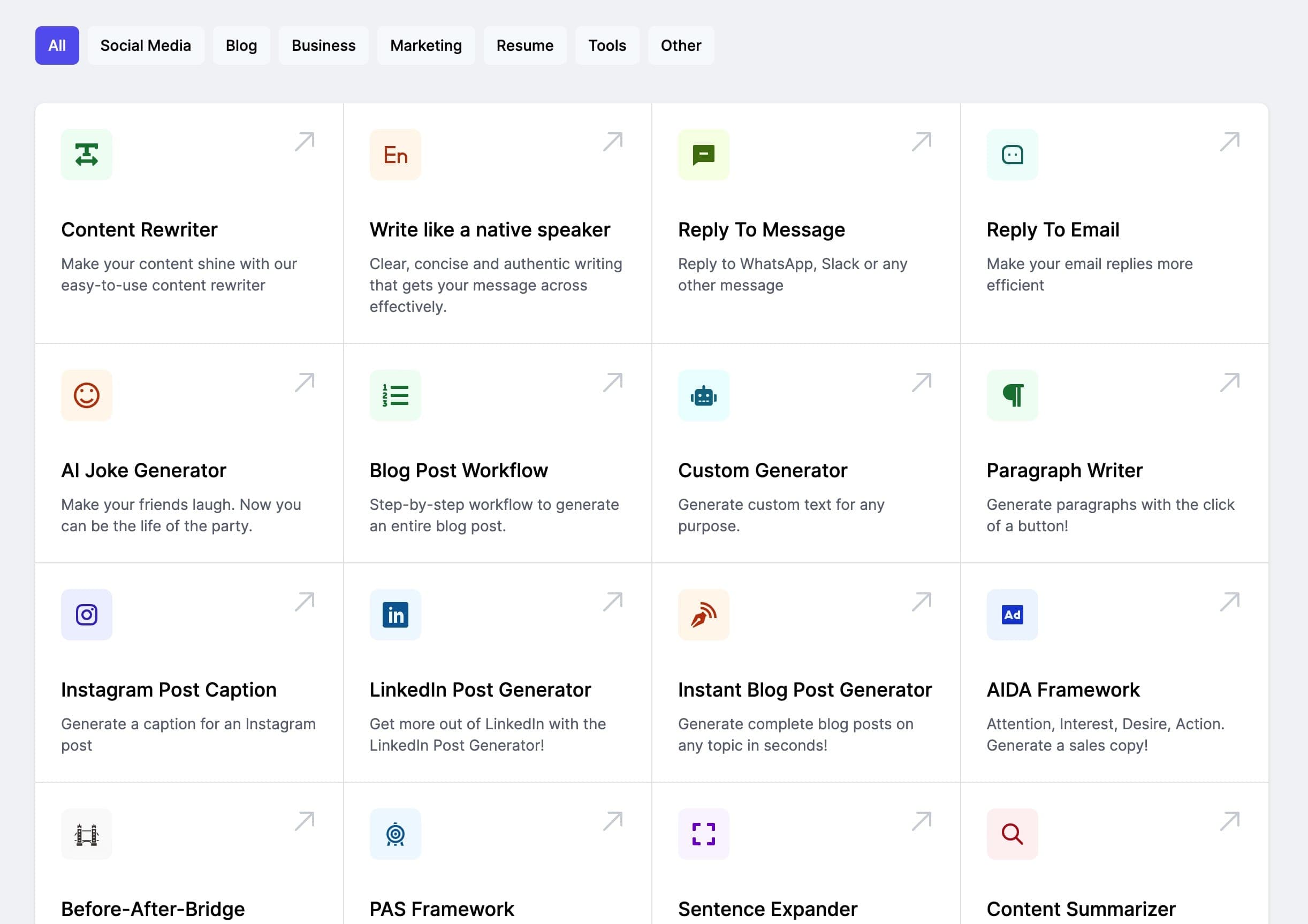Large Language Models
Quiz: Large Language Models
Difficulty Level: Medium
Question 1: Multiple Choice
What is a key characteristic that differentiates a "large" language model from smaller models?
a) The ability to generate images.
b) The use of more sophisticated tokenization techniques.
c) The size and complexity of its neural network.
d) The ability to perform regression tasks.
Correct Answer: c) The size and complexity of its neural network.
Explanation: Large language models are distinguished by their extensive neural network architecture, which includes a larger number of parameters compared to smaller models.
Question 2: True/False
True or False: Large language models like GPT-3 are designed to be supervised learning models.
Correct Answer: False
Explanation: Large language models like GPT-3 are primarily designed to be unsupervised learning models, using vast amounts of text data without explicit labeled examples.
Question 3: Short Answer
What does "GPT" stand for in models like GPT-3?
Correct Answer: Generative Pre-trained Transformer
Explanation: "GPT" stands for Generative Pre-trained Transformer, indicating the model's generative capabilities, pre-training on large datasets, and transformer architecture.
Question 4: Multiple Choice
Which of the following tasks can large language models perform?
a) Text completion
b) Translation
c) Sentiment analysis
d) All of the above
Correct Answer: d) All of the above
Explanation: Large language models can perform a wide variety of NLP tasks, including text completion, translation, and sentiment analysis.
Question 5: True/False
True or False: The training of large language models requires significant computational resources and time.
Correct Answer: True
Explanation: Training large language models requires substantial computational power and time due to the vast amount of data and the complexity of the neural networks involved.
Question 6: Multiple Choice
What is a potential drawback of large language models?
a) High interpretability.
b) Limited data requirements.
c) High computational and energy costs.
d) Simple architecture.
Correct Answer: c) High computational and energy costs.
Explanation: One of the main drawbacks of large language models is their high computational and energy costs associated with training and deployment.
Question 7: Short Answer
Name one common architecture used in large language models.
Correct Answer: Transformer
Explanation: The Transformer architecture is commonly used in large language models due to its efficiency in handling sequential data and capturing contextual relationships.
Question 8: Multiple Choice
Which company developed the GPT series of language models?
a) Google
b) Microsoft
c) OpenAI
d) Facebook
Correct Answer: c) OpenAI
Explanation: OpenAI developed the GPT series of language models, including GPT-3.
Question 9: True/False
True or False: Large language models can understand context better than traditional rule-based models.
Correct Answer: True
Explanation: Large language models can capture complex contextual relationships in text better than traditional rule-based models due to their advanced neural network architectures.
Question 10: Short Answer
What is one ethical concern associated with the use of large language models?
Correct Answer: Bias in generated content
Explanation: One ethical concern is the potential for large language models to generate biased or harmful content, reflecting biases present in the training data.
